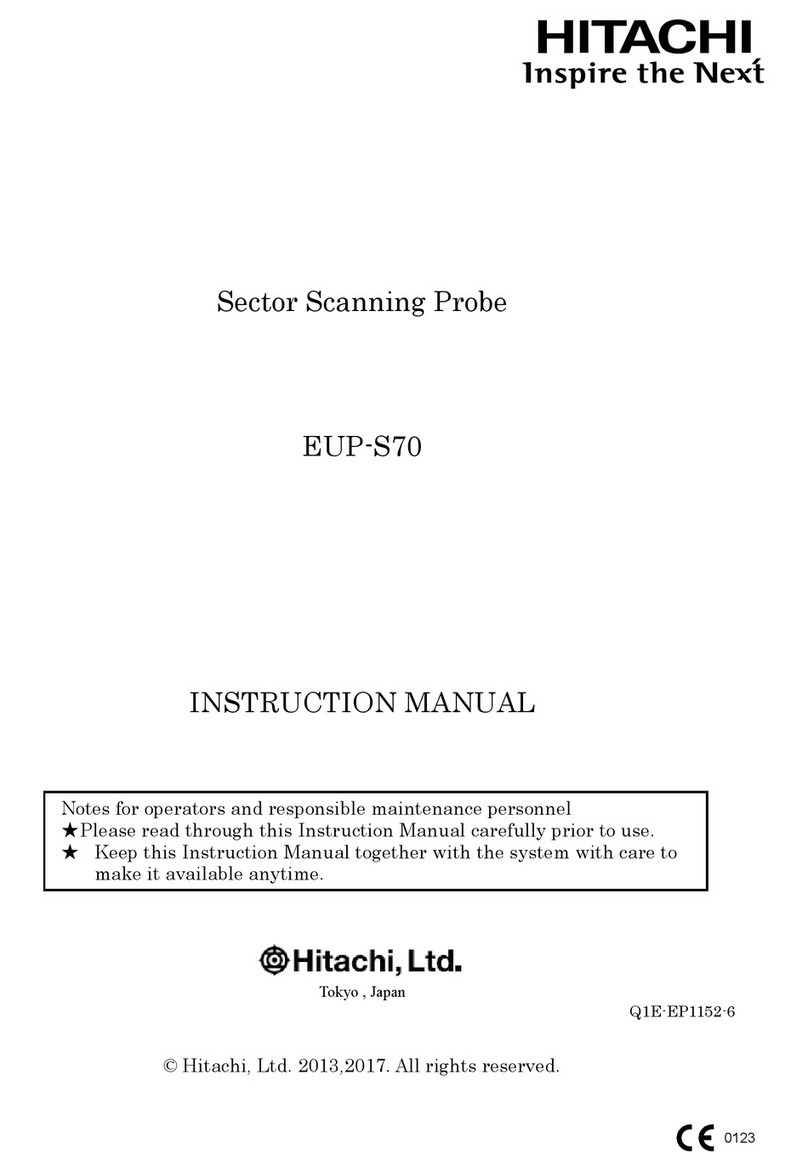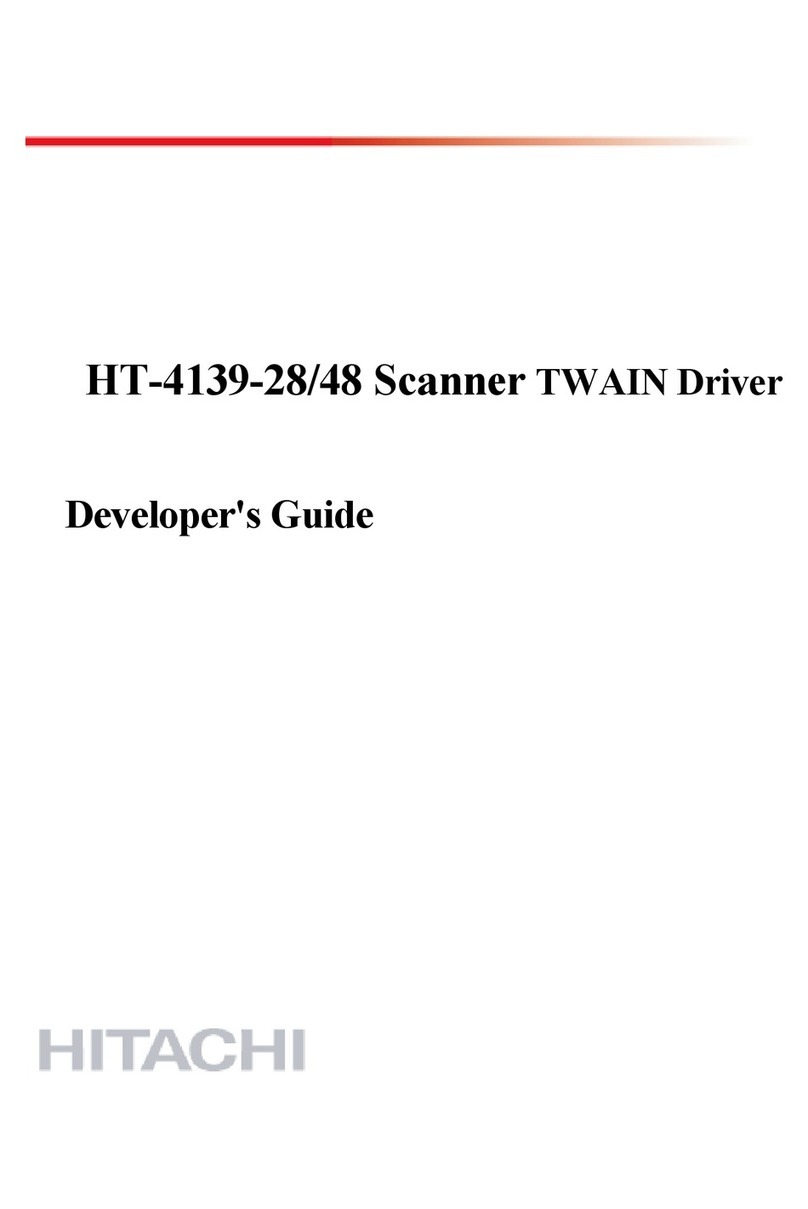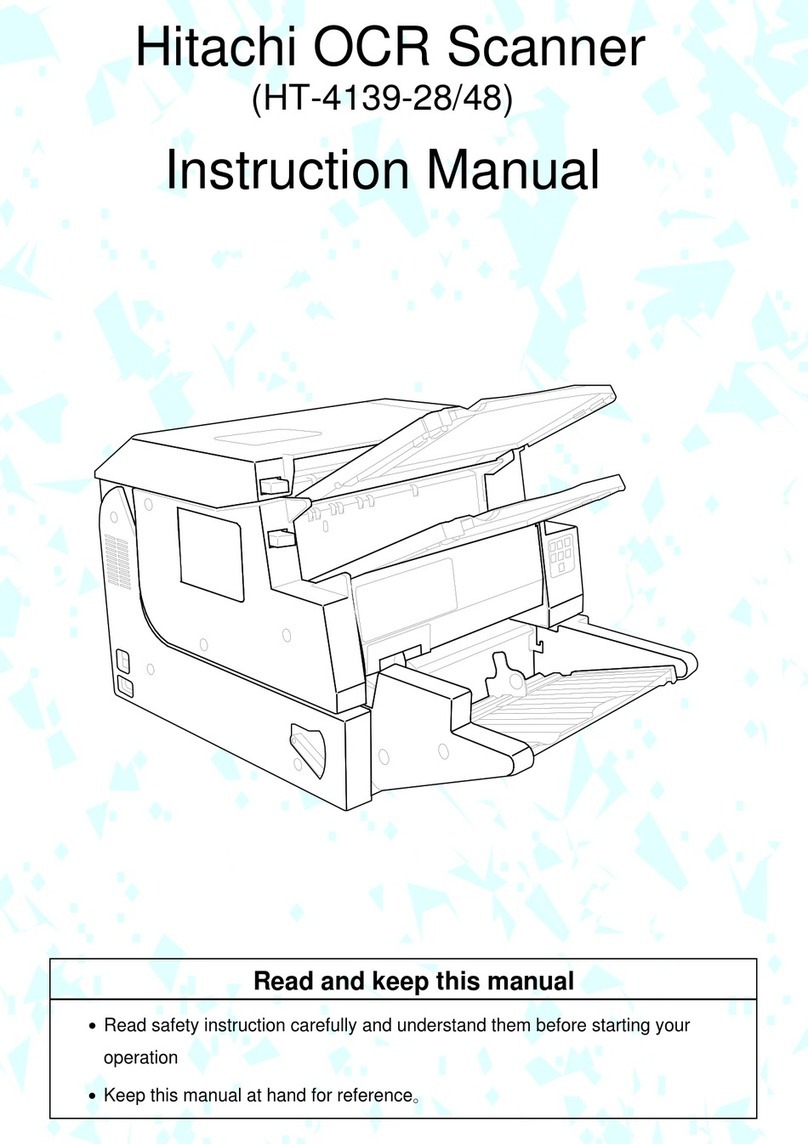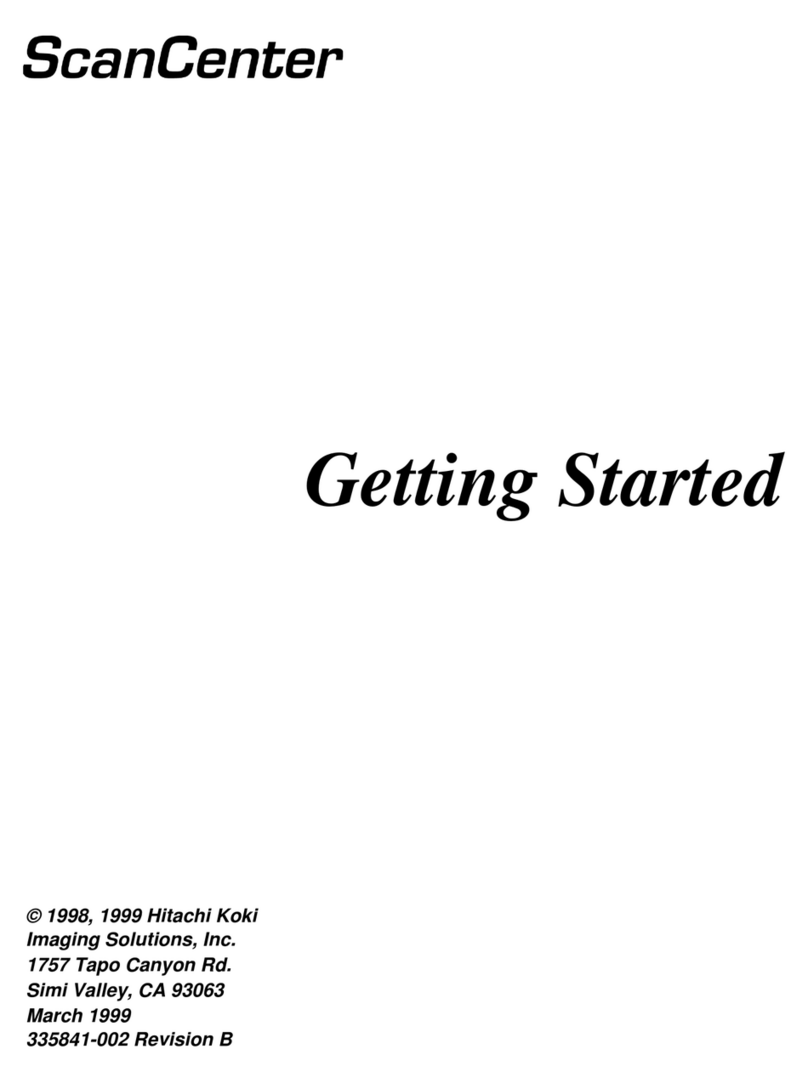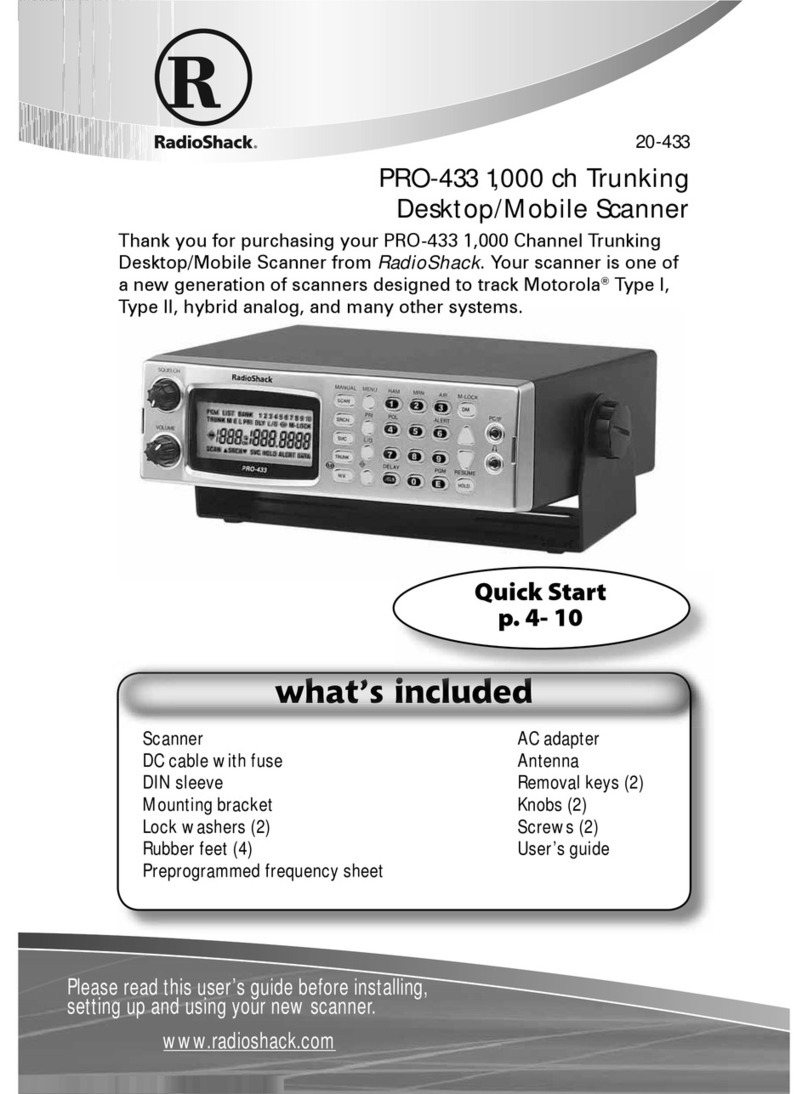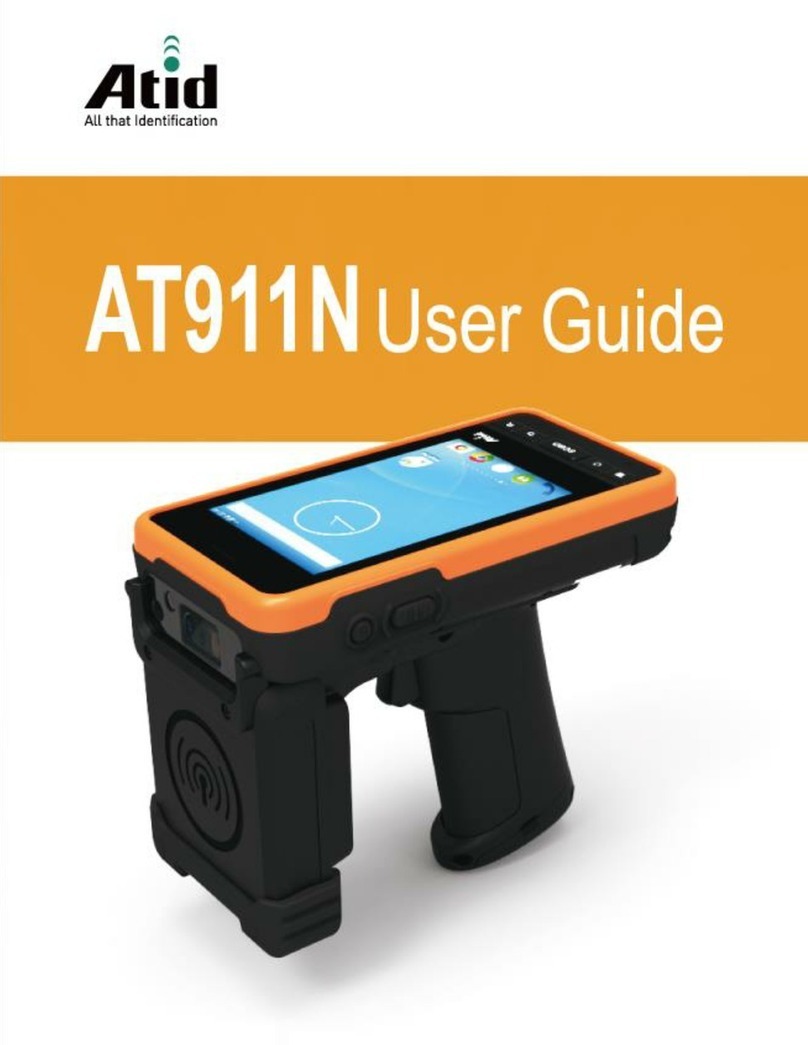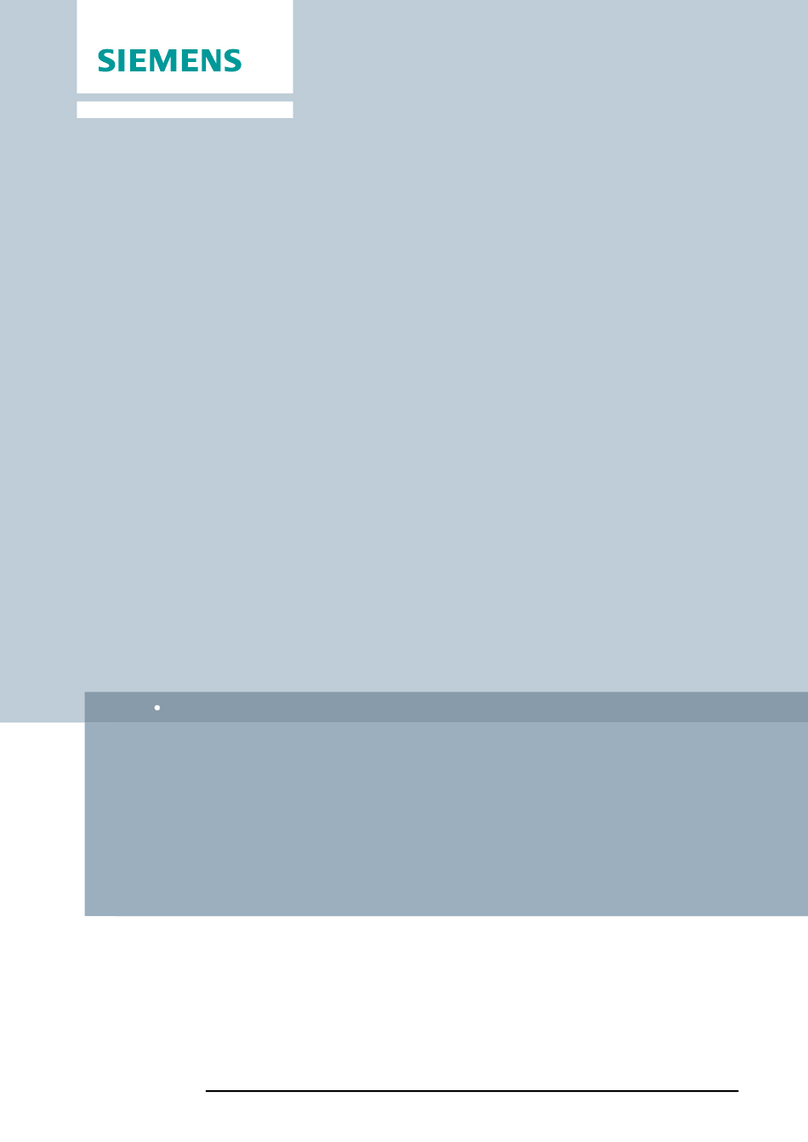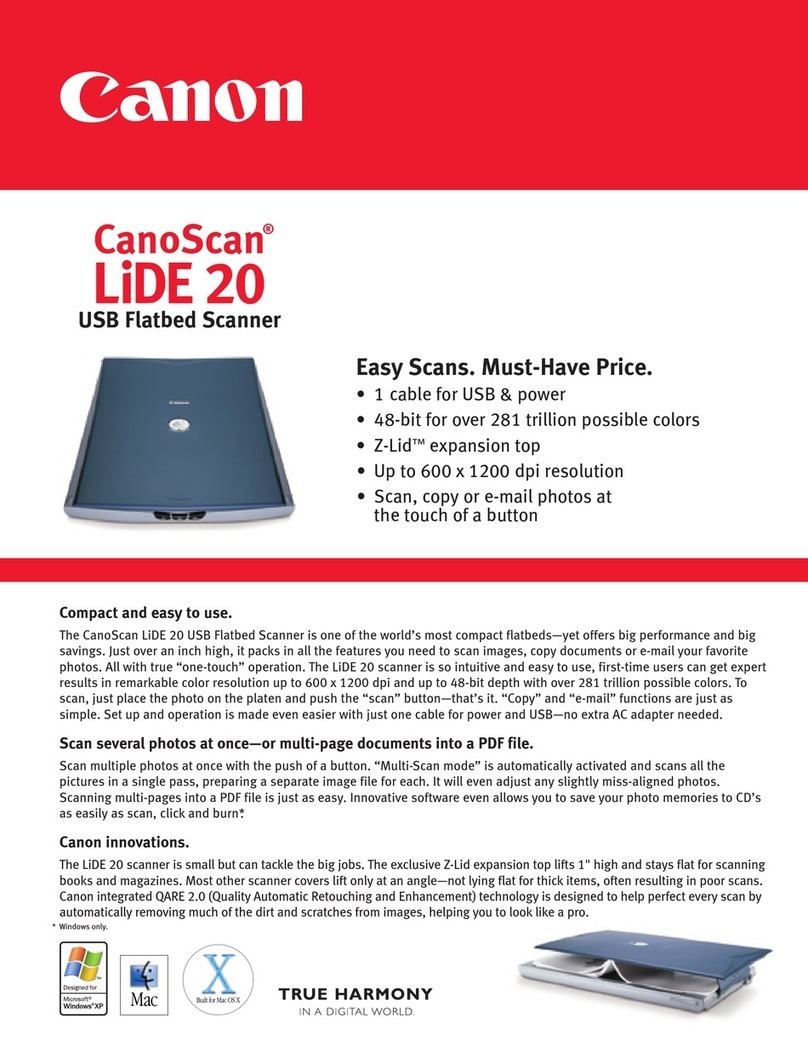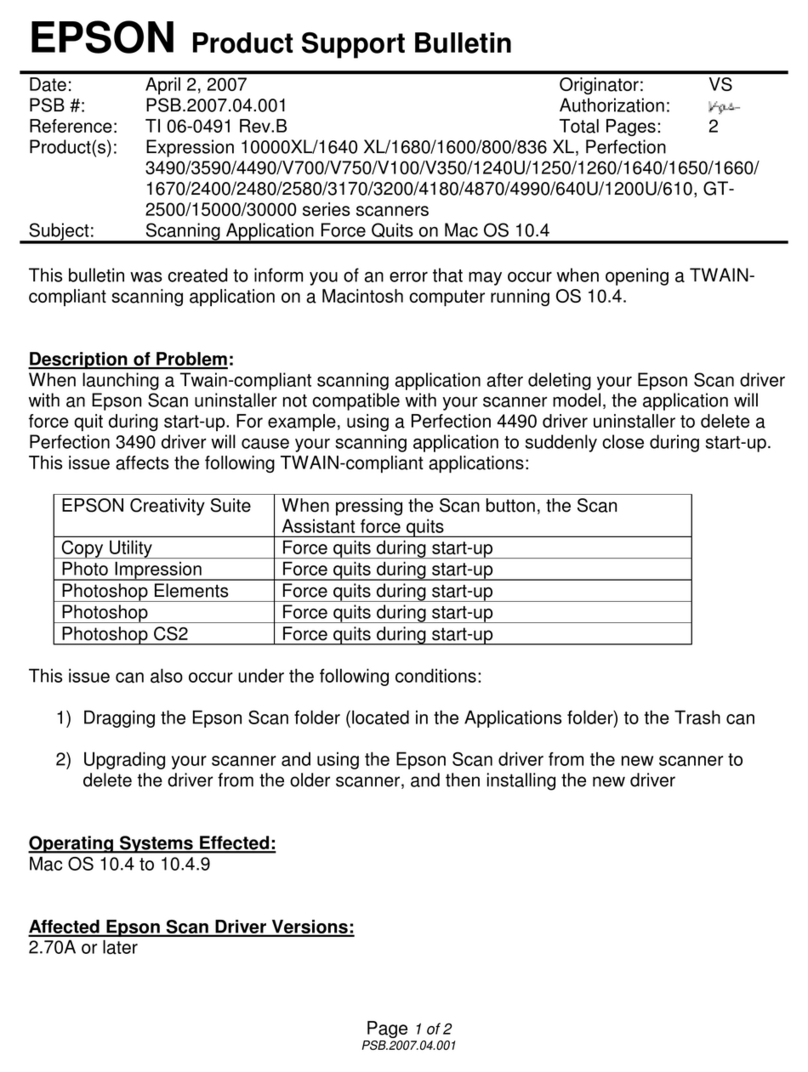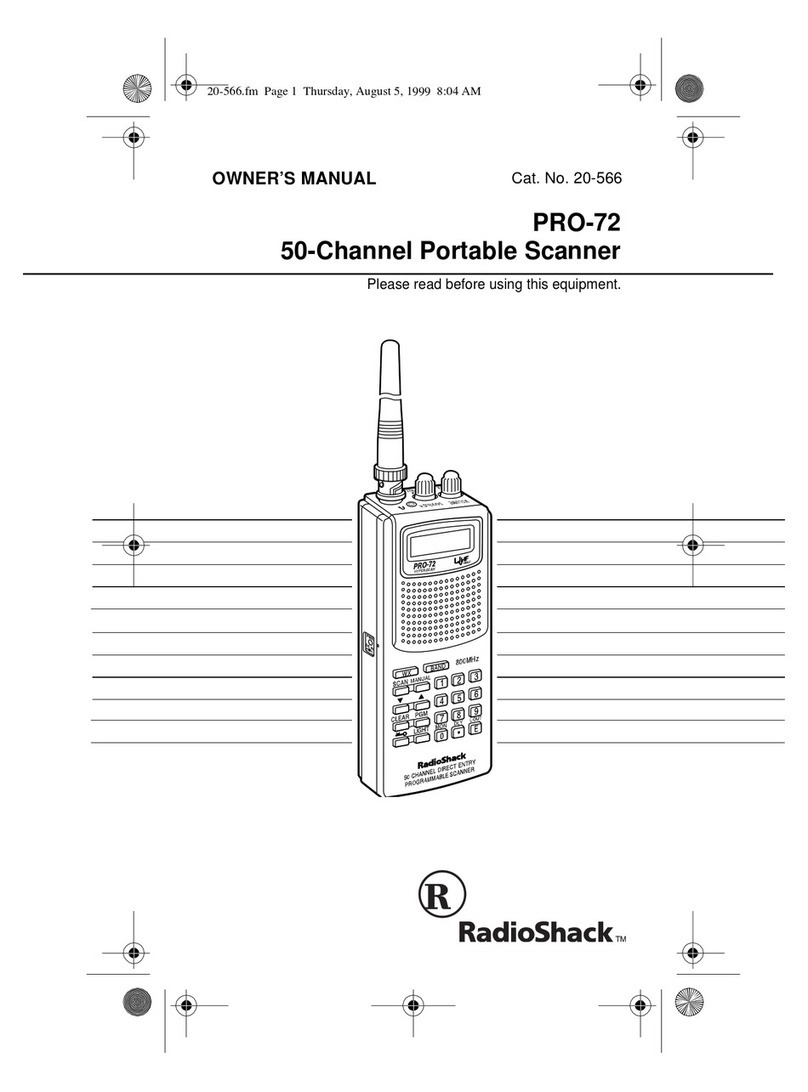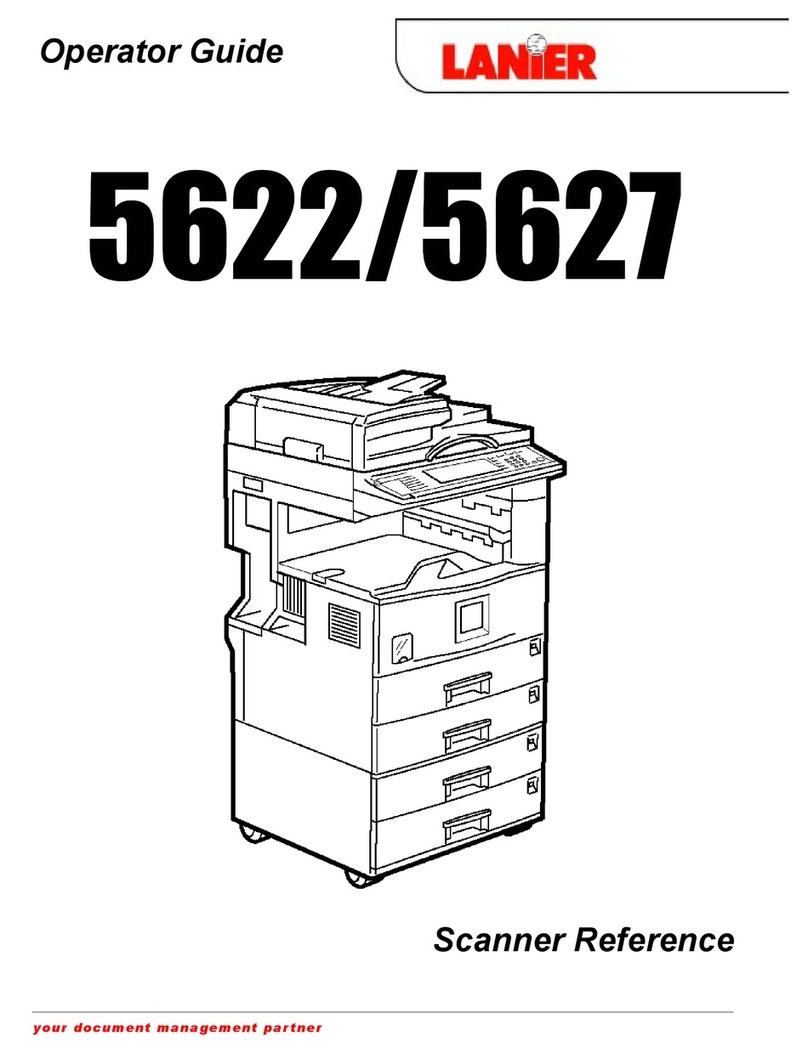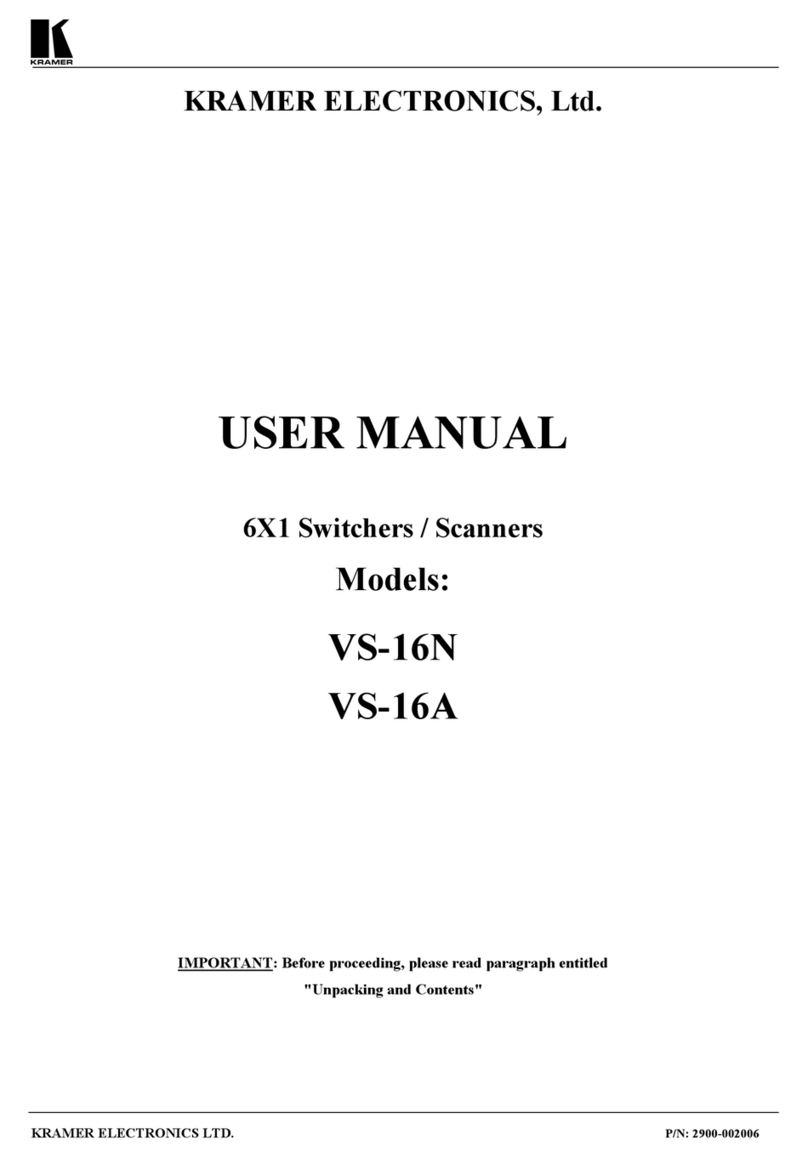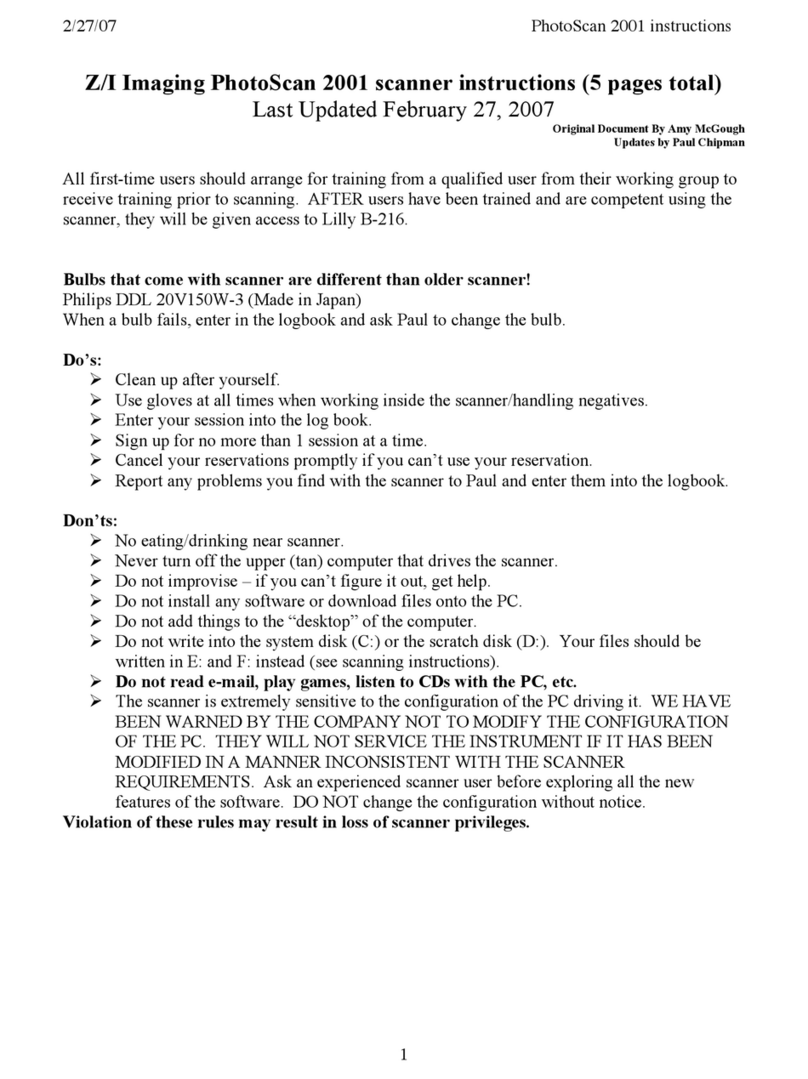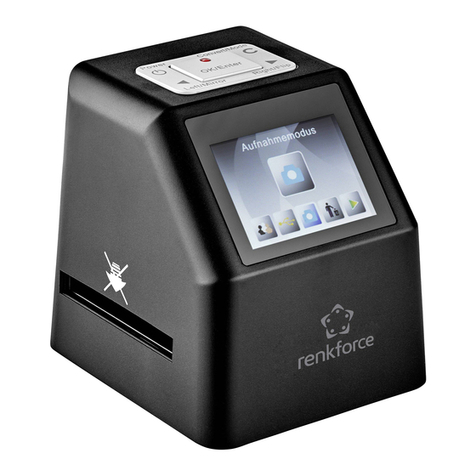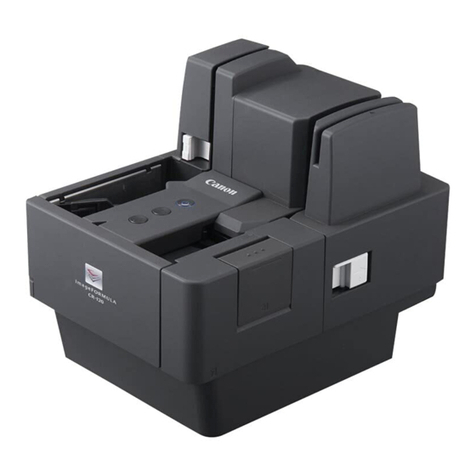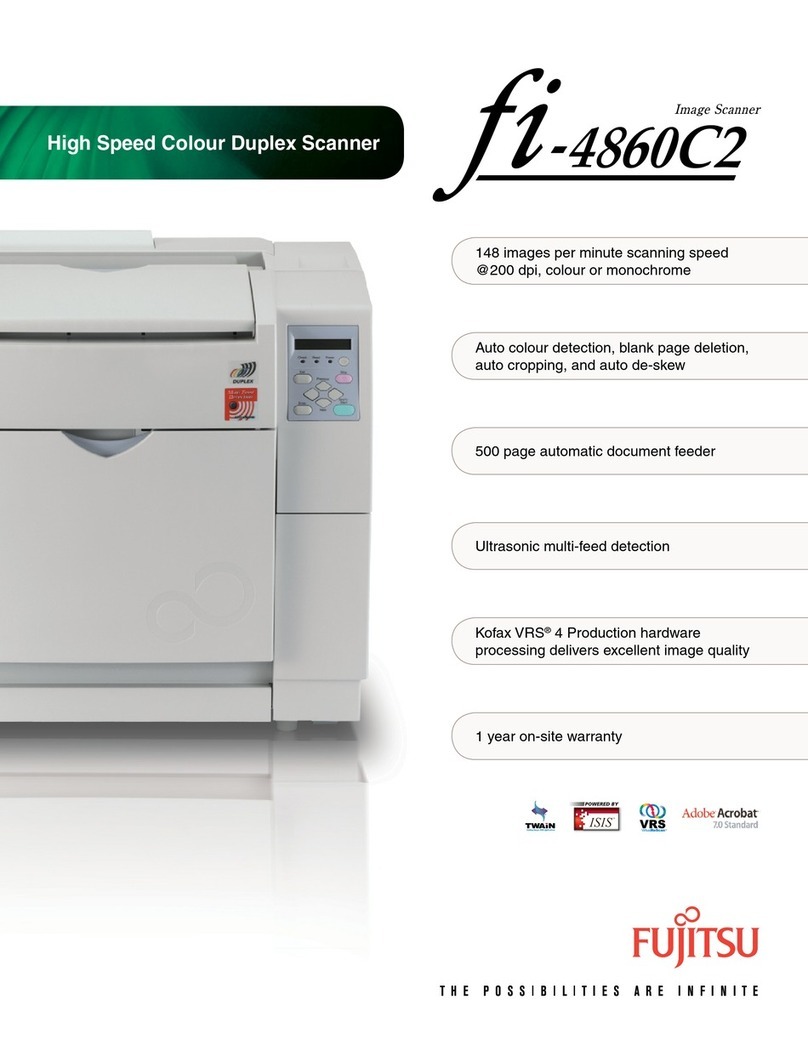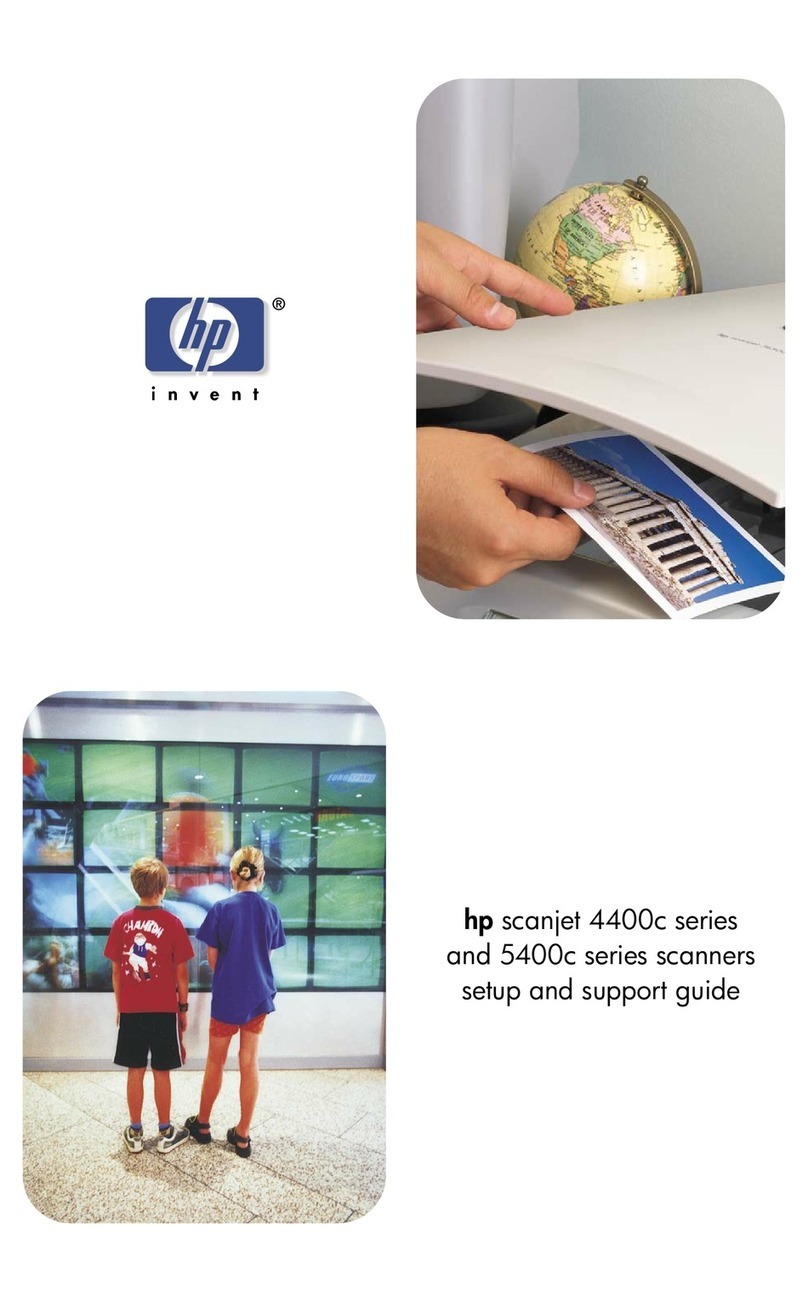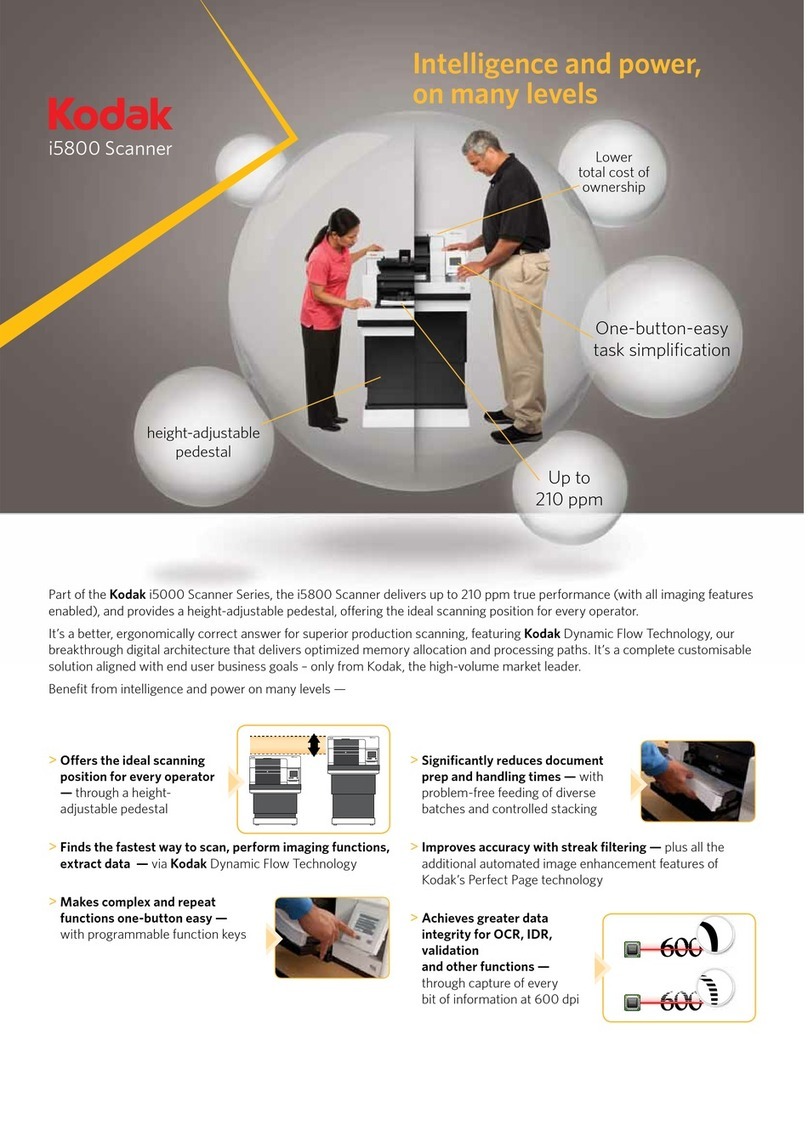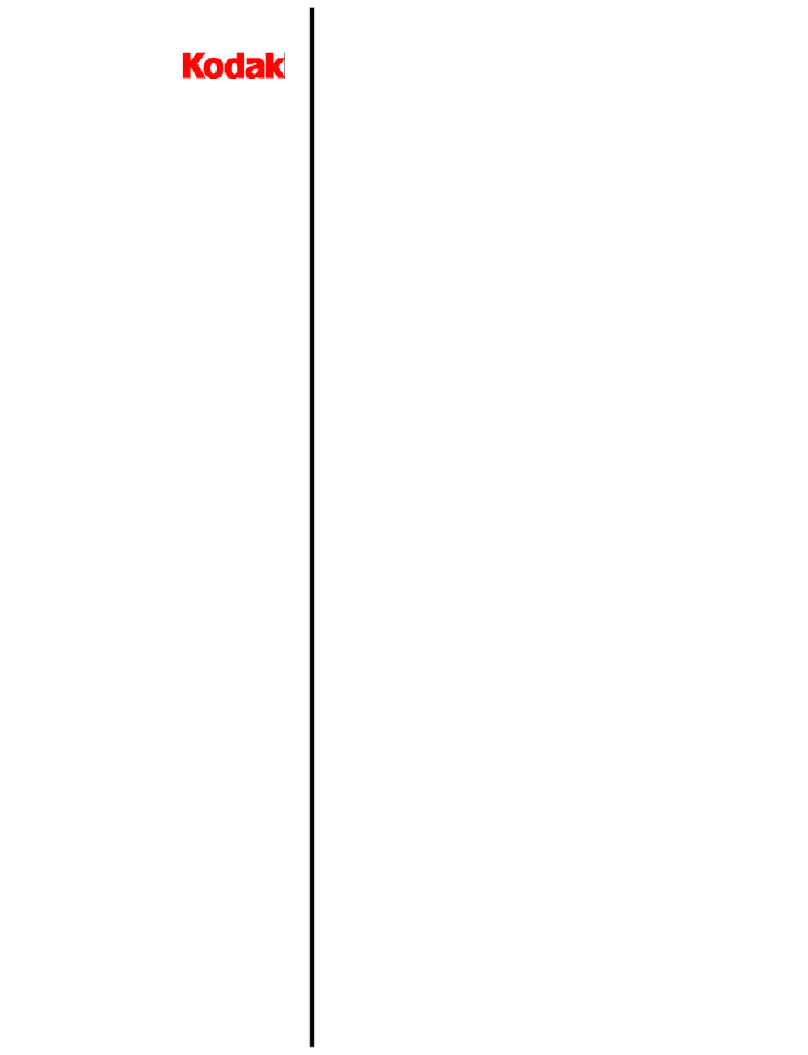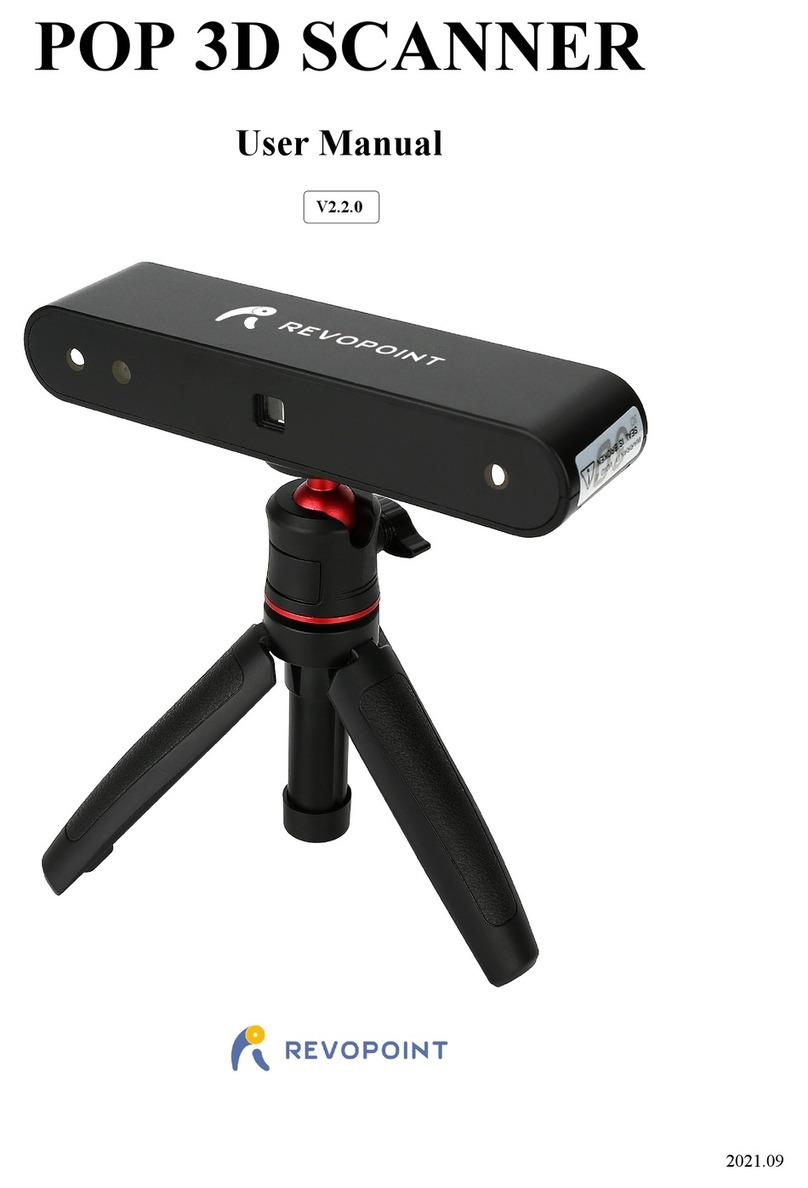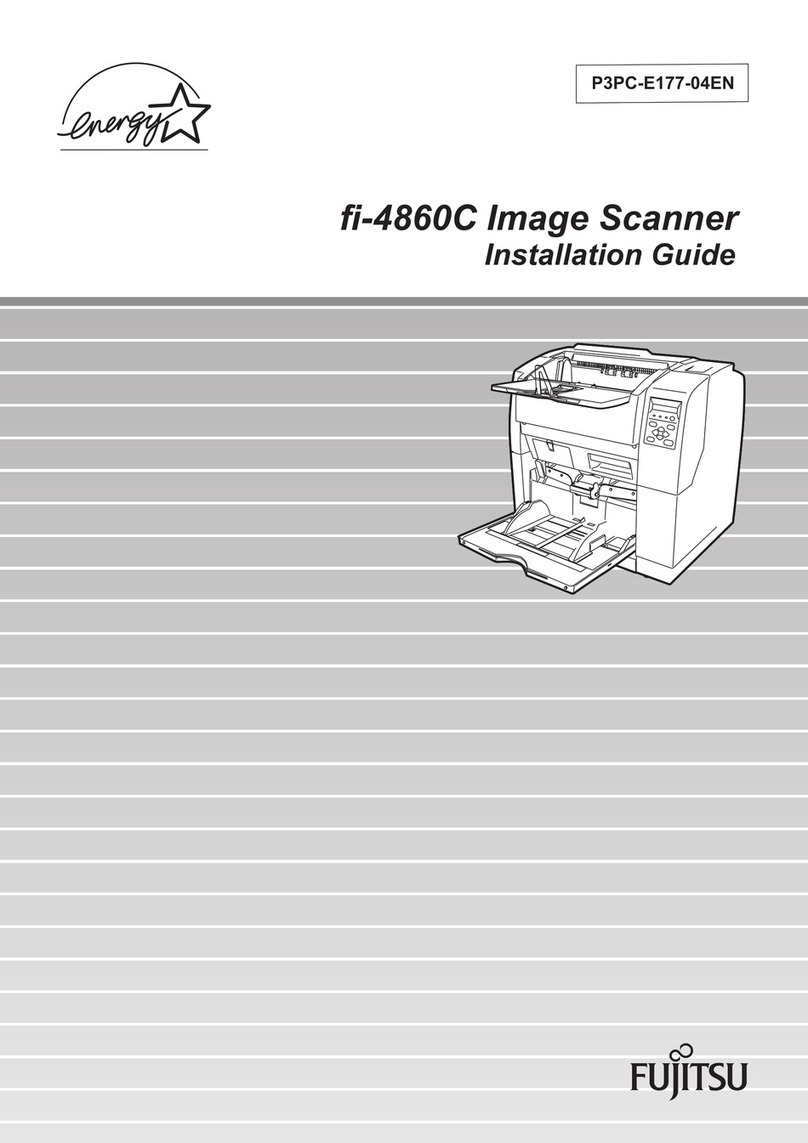
-iv-
MN1-5933 Rev.5
CONTENTS
1. Safety Precautions......................................................................................................................................1
1-1. Intended use...................................................................................................................................................................1
1-2. Usage precautions..........................................................................................................................................................1
1-2-1. Warnings and safety information ...................................................................................................................2
1-2-2. Cleaning, disinfection and sterilization precautions ......................................................................................3
1-2-3. Labels ..............................................................................................................................................................4
2. Specications and Parts name....................................................................................................................9
2-1. Principles of operation ..................................................................................................................................................9
2-2. Specications ..............................................................................................................................................................10
2-3. Performance ................................................................................................................................................................11
2-4. Name of each parts .....................................................................................................................................................11
2-5. Environmental conditions ...........................................................................................................................................12
2-5-1. Operating environmental conditions............................................................................................................12
2-5-2. Storage environmental conditions................................................................................................................12
2-6. Classication of ME equipment .................................................................................................................................12
3. Preparations for Use .................................................................................................................................13
3-1. Start up check ..............................................................................................................................................................13
3-1-1. Visual check ..................................................................................................................................................13
3-1-2. Verication of cleaning, disinfection and sterilization ................................................................................13
3-1-3. Verication of operation ...............................................................................................................................13
4. Usage........................................................................................................................................................15
4-1. Operation.....................................................................................................................................................................15
4-2. Connecting to the ultrasound diagnostic instrument .................................................................................................16
4-3. Removing from the ultrasound diagnostic instrument...............................................................................................17
4-4. Actions to be taken when an abnormal state is detected............................................................................................18
4-4-1. Ensuring safety of patients...........................................................................................................................18
4-4-2. Handling the instrument ..............................................................................................................................18
5. Cleaning, disinfection and sterilization ...................................................................................................19
5-1. Precautions for cleaning, disinfection and sterilization..............................................................................................20
5-2. Reprocessing instruction according to ISO 17664 .....................................................................................................21
5-3. Point of use (Pre-cleaning)..........................................................................................................................................23
5-4. Containment and transportation.................................................................................................................................23
5-5. Manual cleaning and disinfection ..............................................................................................................................24
